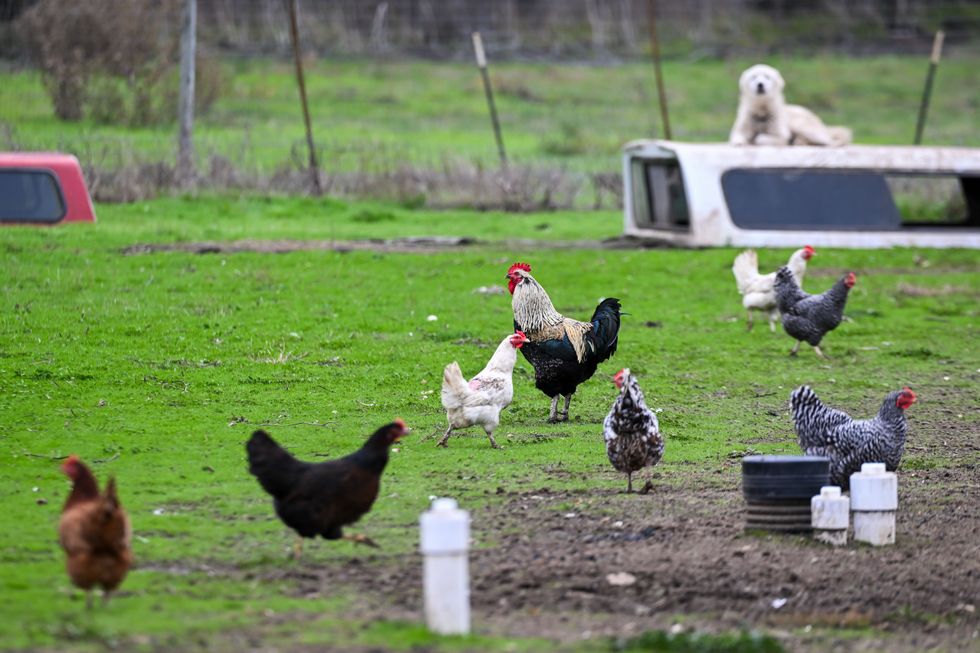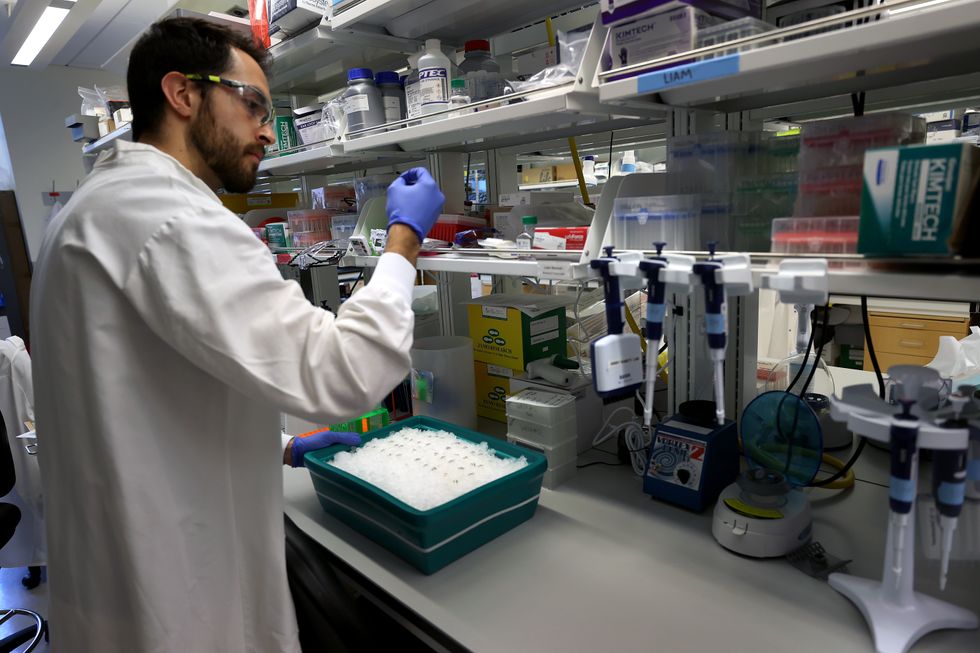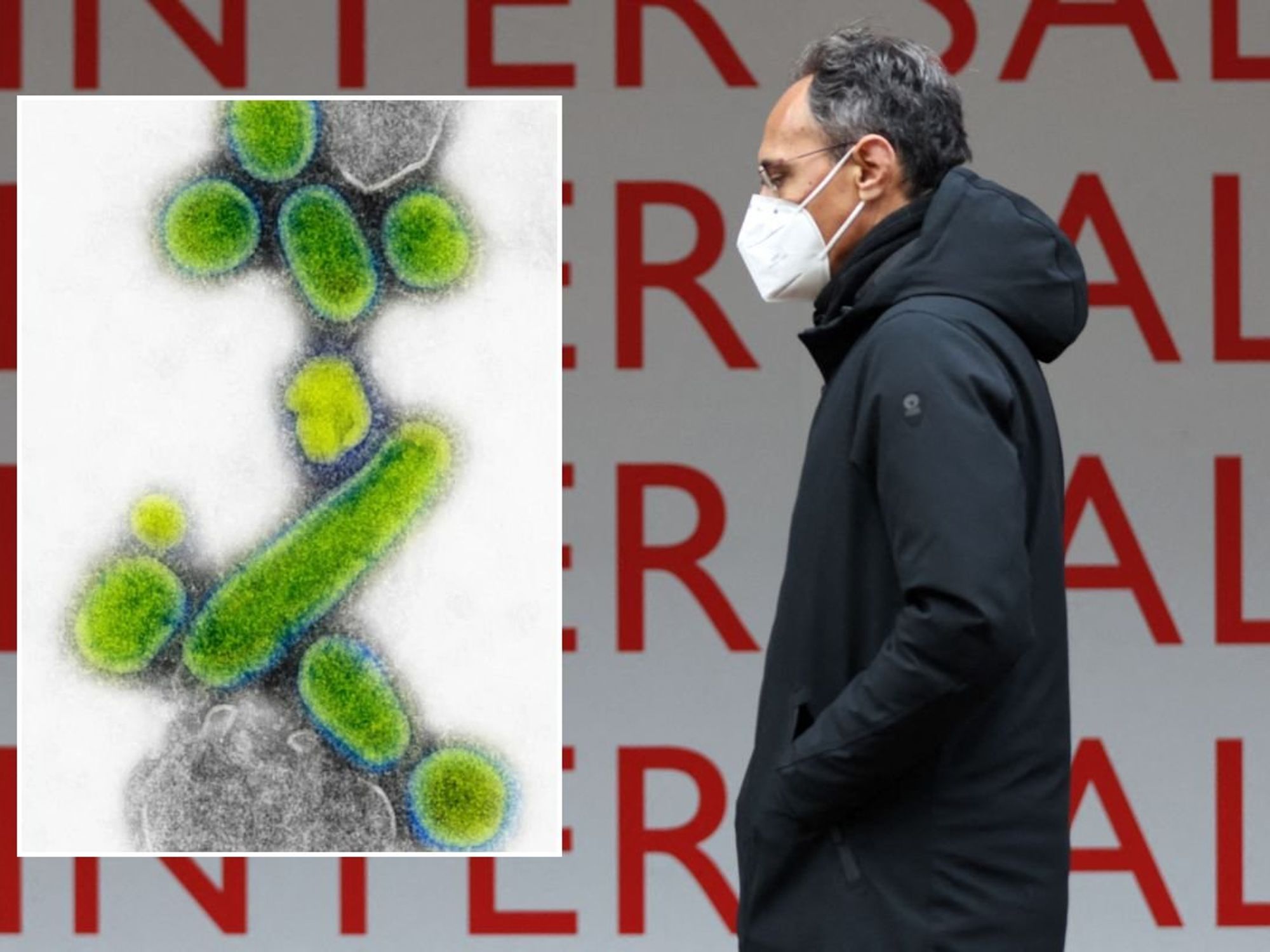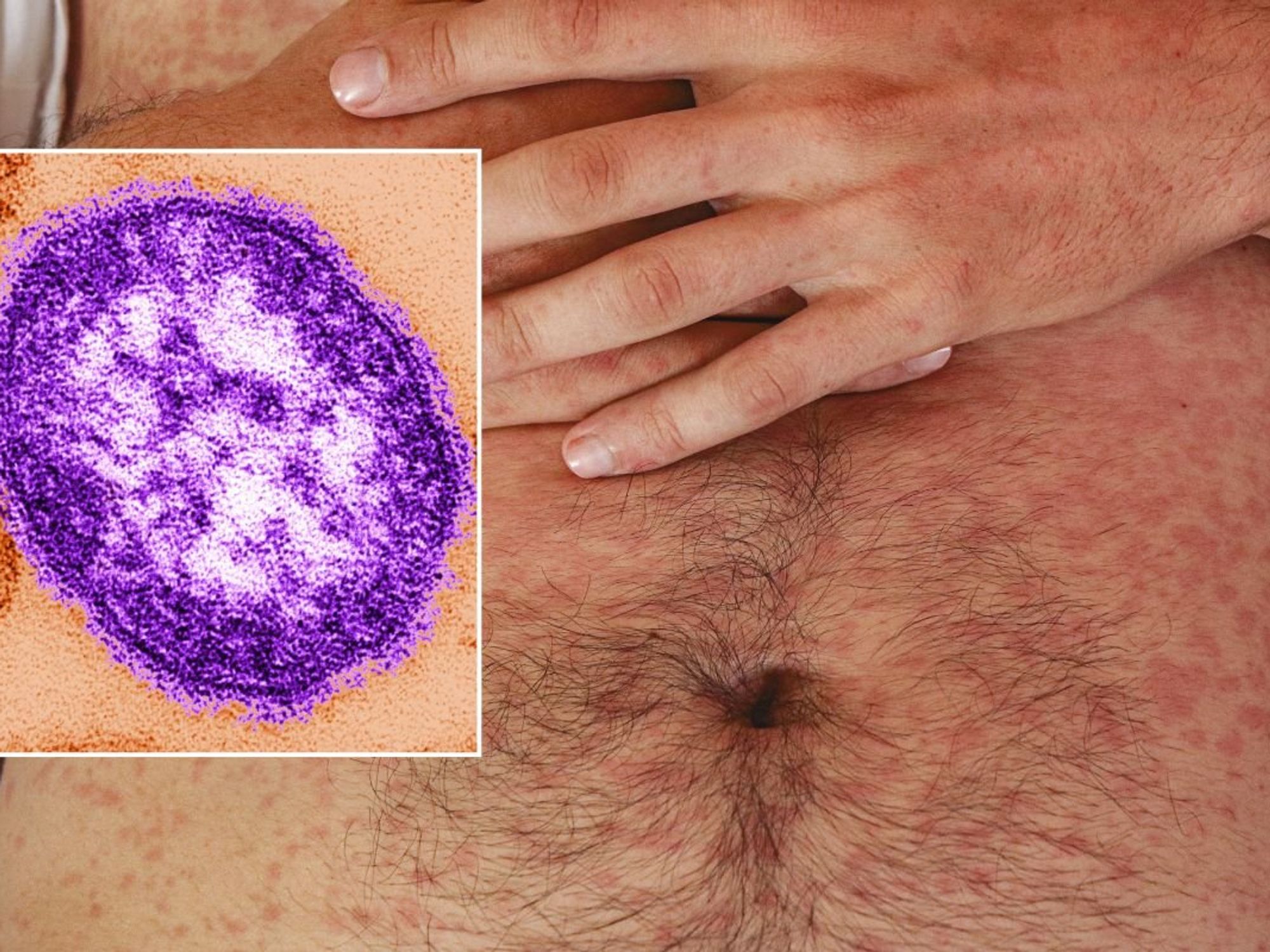Bird flu 'mutates' as warning issued over 'huge red flag' that would risk new pandemic
The US recorded the nation's first death from avian influenza in Louisiana on January 6
Don't Miss
Most Read
Samples taken from the first patient who died from bird flu show that a strain of the virus has “mutated” to infect humans more effectively.
A patient - hospitalised last month in Louisiana - died after the H5N1 strain of avian influenza infected the individual.
Subsequent research by Johns Hopkins University has contemplated the virus’ “pandemic potential” as it has started to “really move into humans”.
Describing the virus as “very dynamic”, Professor Andy Pekosz at Johns Hopkins University said: “There's lots of versions of it circulating in lots of different animals and birds, and it's continuing to pose a greater and greater threat in terms of spillover and leading to a pandemic.”

Subsequent research by Johns Hopkins University has contemplated the virus’ “pandemic potential” as it has started to “really move into humans” (Stock)
|GETTY
Warning that any progression of the strain was a cause of concern, associate professor for Johns Hopkins University Meghan Davis added: “If we start to see sustained human-to-human transmission, that is a huge red flag and cause for concern beyond the normal “threat level: high” for public health professionals.
“That would mean that the public, outside of these high-risk groups, would need to be more concerned.”
Summarising the recent news of the first US death from bird flu, Pekosz also said: “There was an infection in a person in Louisiana, who apparently acquired the infection because he had a backyard flock of chickens that had become exposed to wild birds.
“The chickens the person was raising, as well as the wild birds, were found dead. The person who was exposed to H5N1 was hospitalized, and died from the infection.”
LATEST DEVELOPMENTS:
He added that the samples taken by the CDC had identified that the virus had started to mutate at two specific sites which are known to experts as necessary for H5N1 to “better replicate” in people.
“This mirrors a case that happened about two months ago in British Columbia. We need to double down our efforts to make sure we limit H5N1 infections in humans, to try to lower the opportunity for this virus to learn how to infect humans effectively,” he warned.
Davis explained that there have been cases illustrating “sustained animal-to-animal transmission” beyond birds, but also in mammals, including ferrets, which is a “particularly susceptible” species.
“This gives the virus more opportunities to “fine tune” if there is a mutation—to select for strains that could be more adapted to mammalian transmission,” she added.

Analysis of other species could prove detrimental (Stock)
|GETTY
To avoid another pandemic, Davis has suggested that greater animal surveillance is necessary - such as testing raw milk more often to identify infected cows, or even field mice to better understand disease ecology.
Analysis of other species could prove detrimental as it is known that goats are susceptible to the infection, so groups of these farmyard animals might aid further analysis into the offending infection.
Pekosz noted that the infected cases have resulted from exposure from working on a dairy farm or poultry facility, or contact with backyard flocks of birds or infected wild ones.
He advised: “Though we haven't had a confirmed human case of H5N1 from raw milk, we've had plenty of examples of animals getting infected by it. If you're in one of those areas, you should practice more caution, or in the case of raw milk, just don't consume it.”











